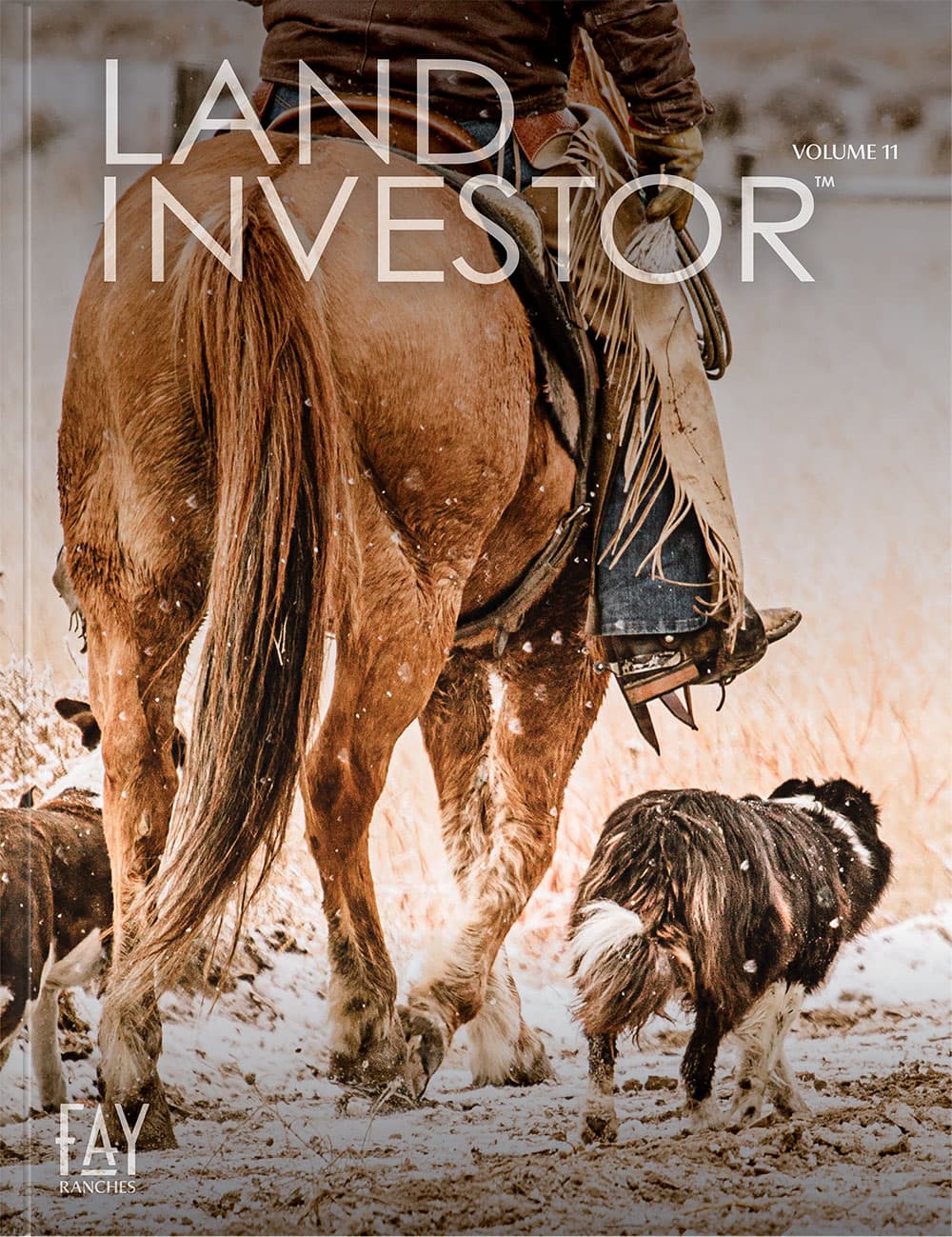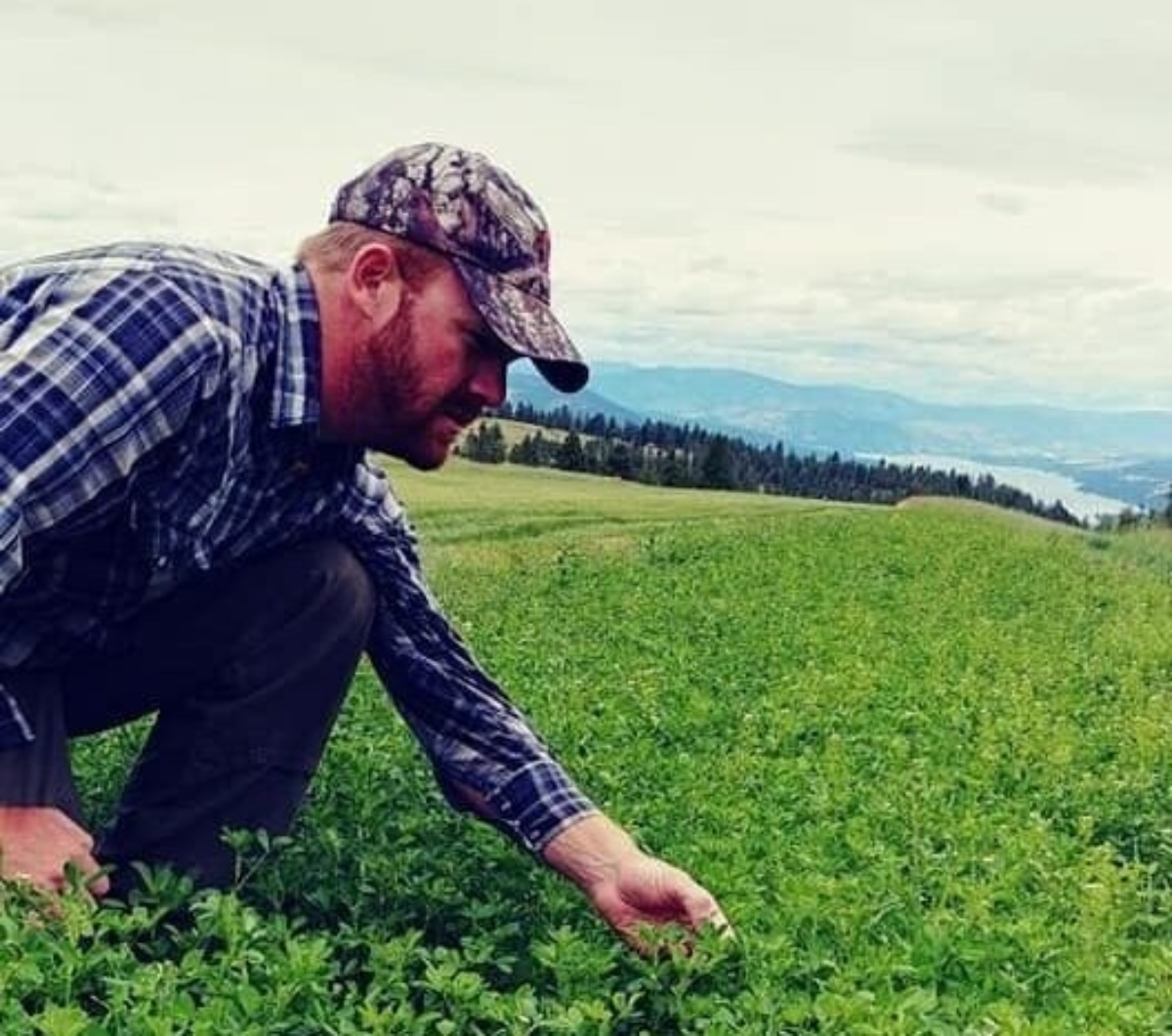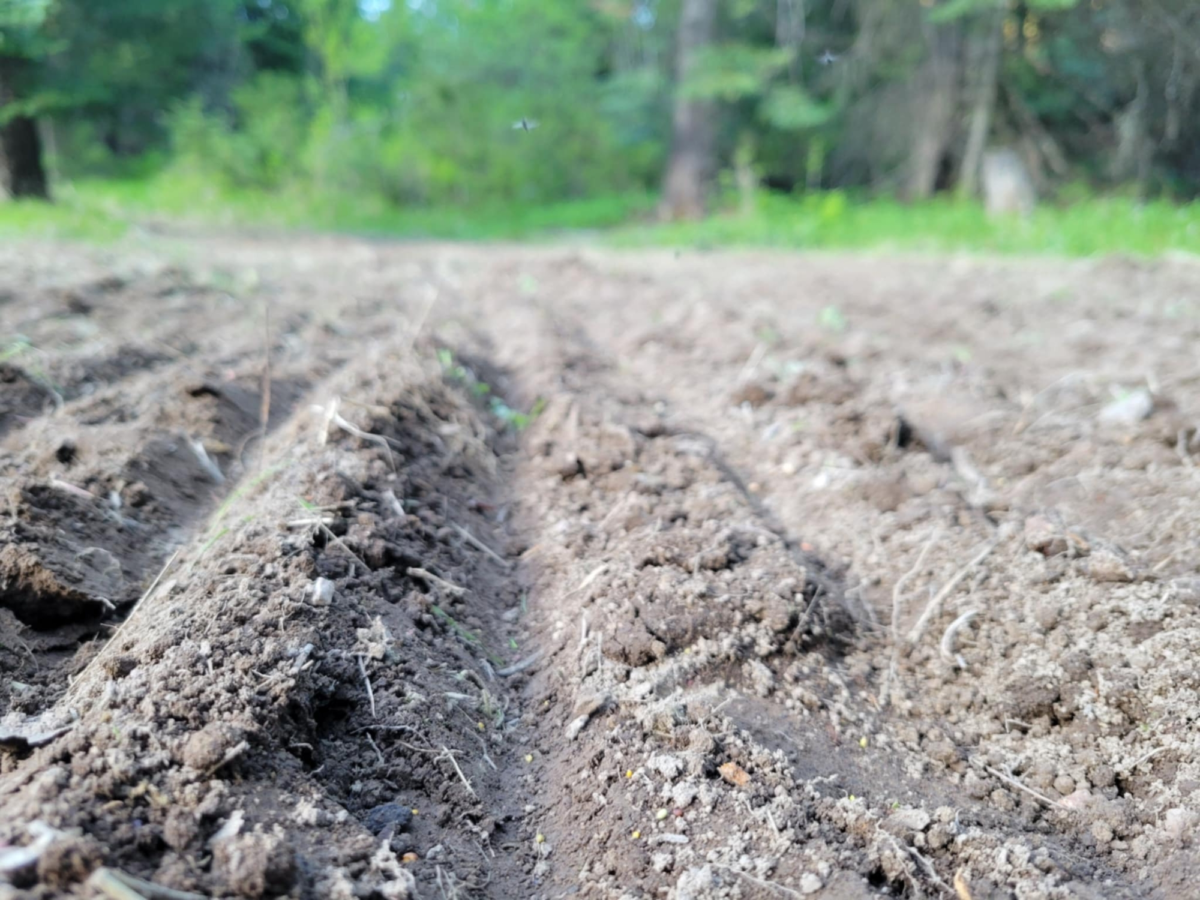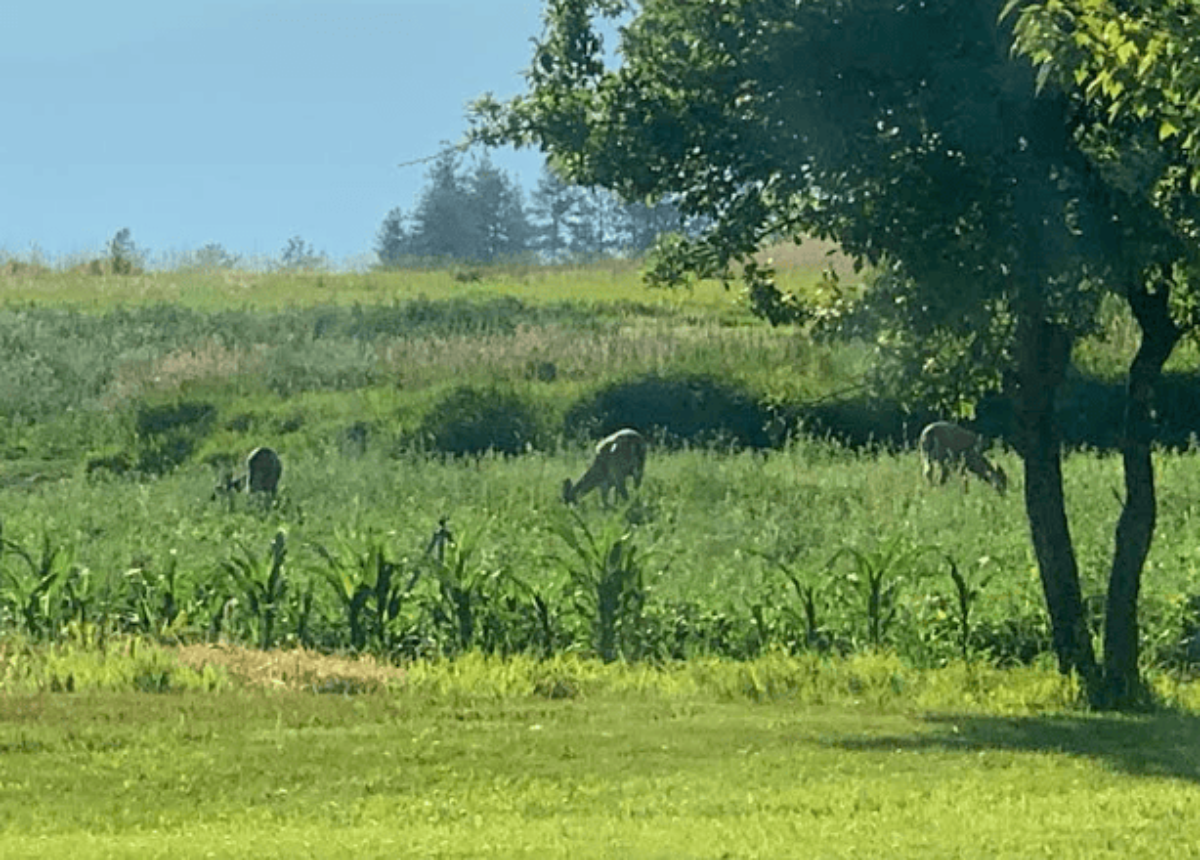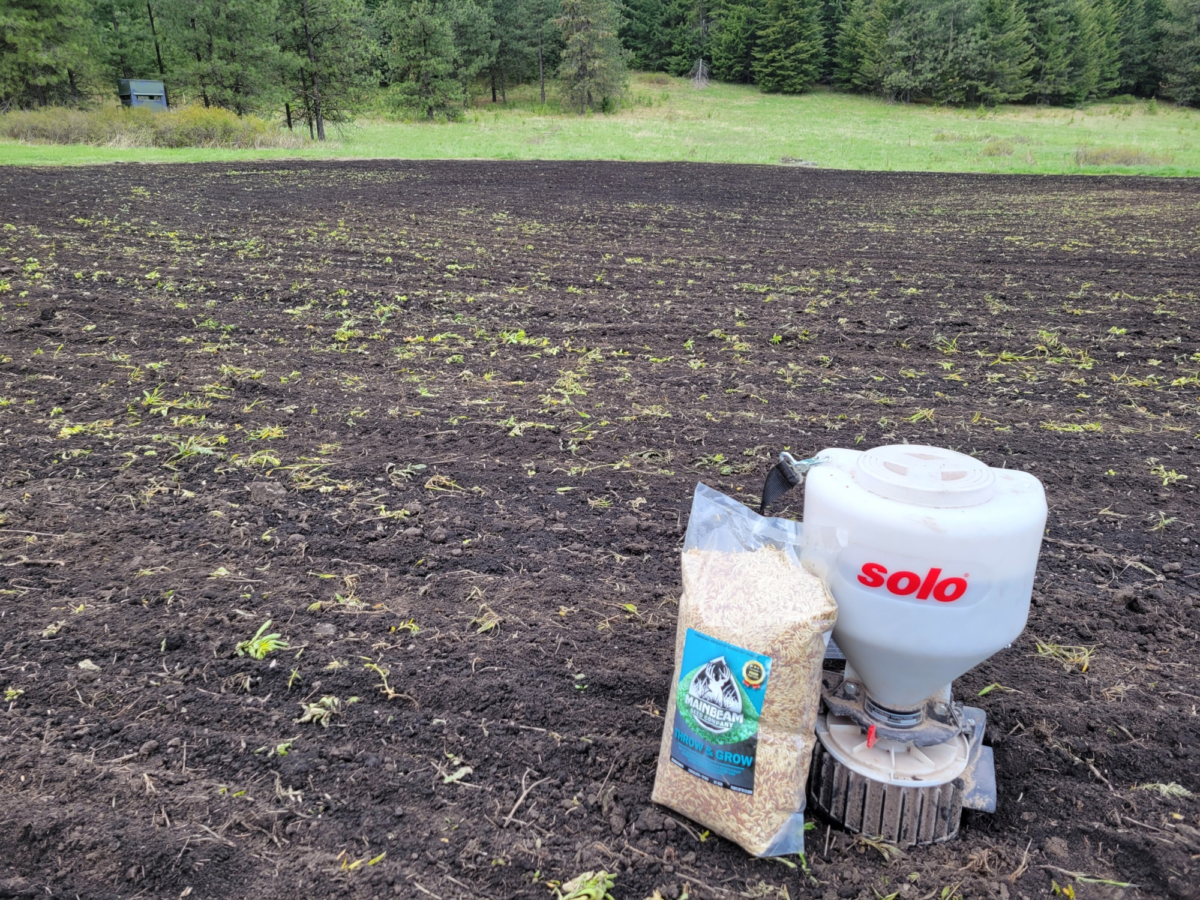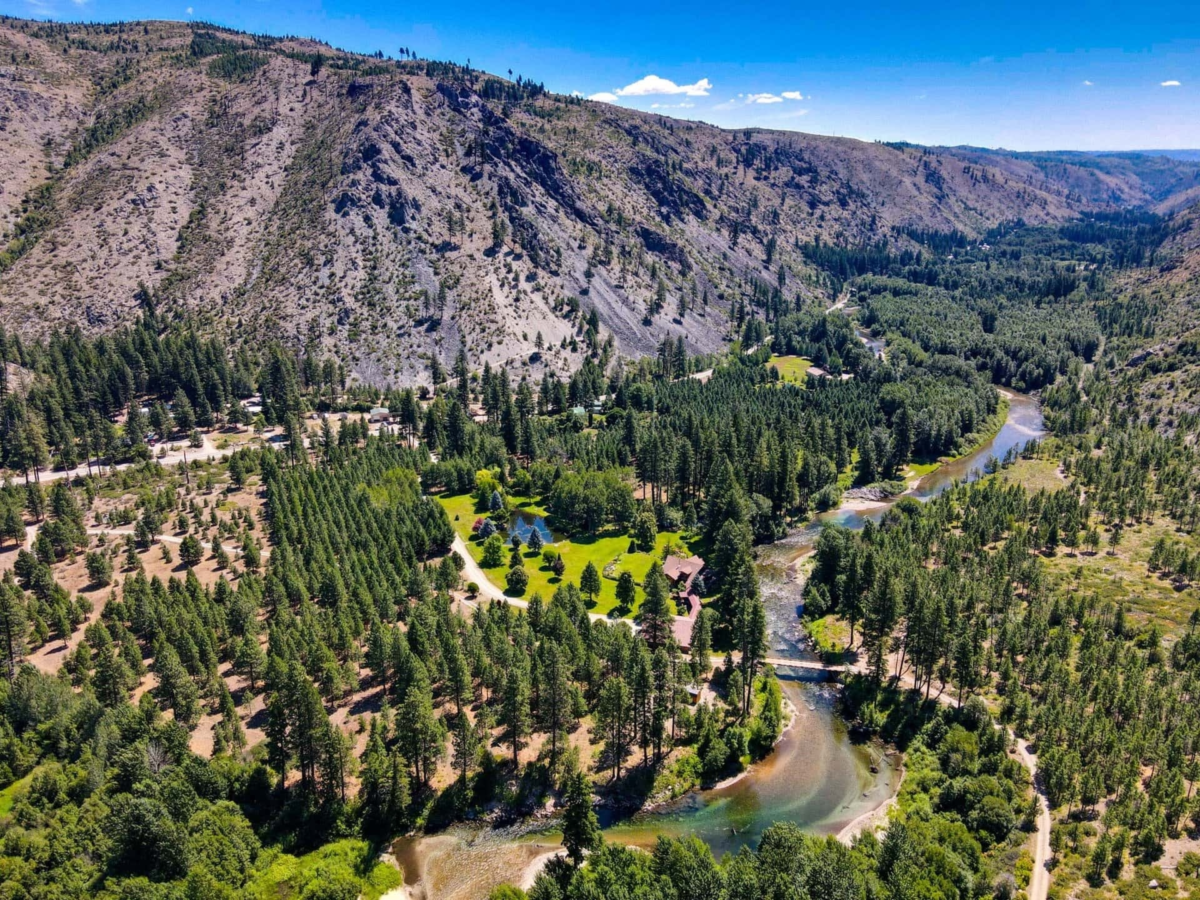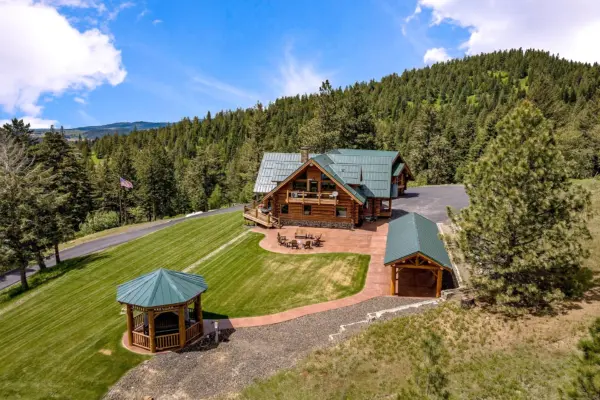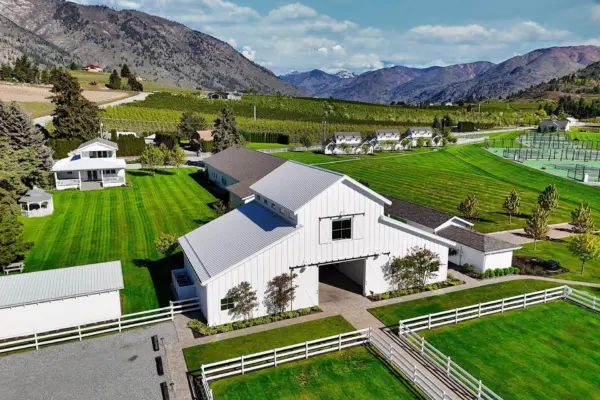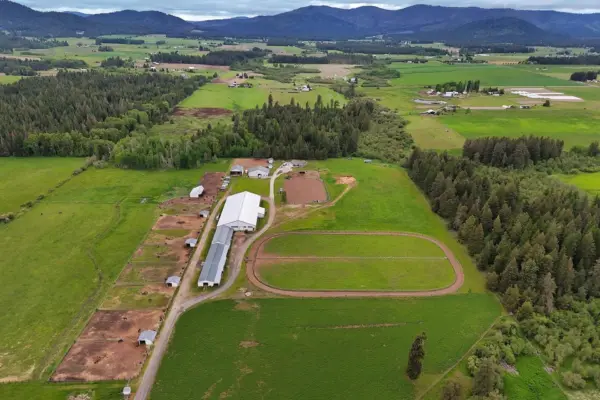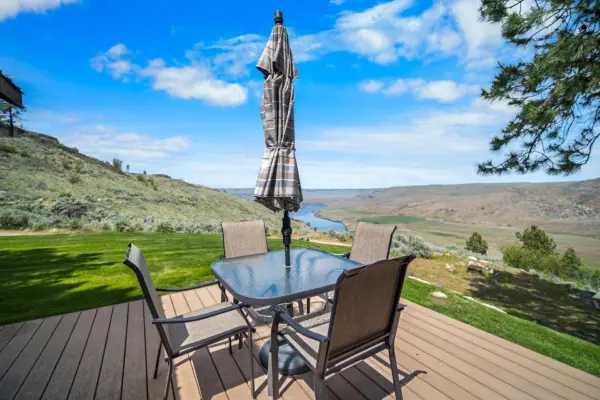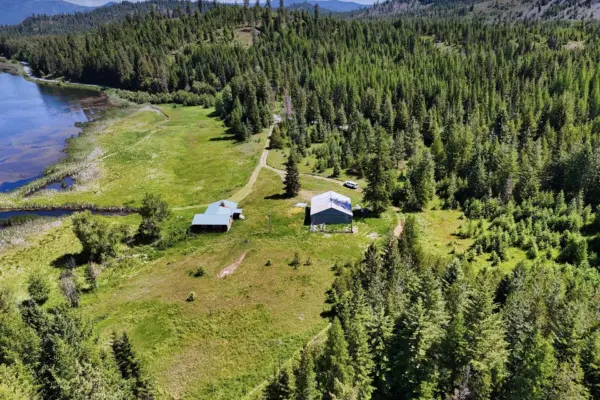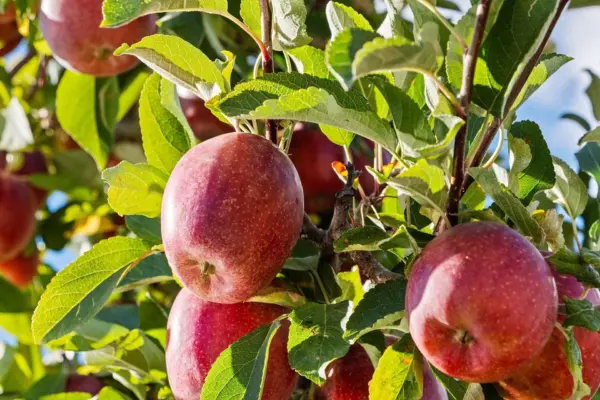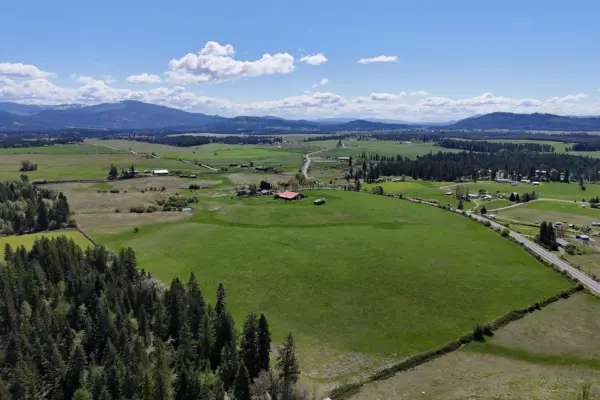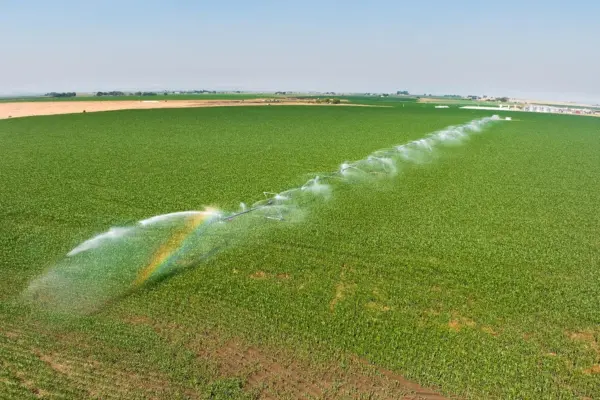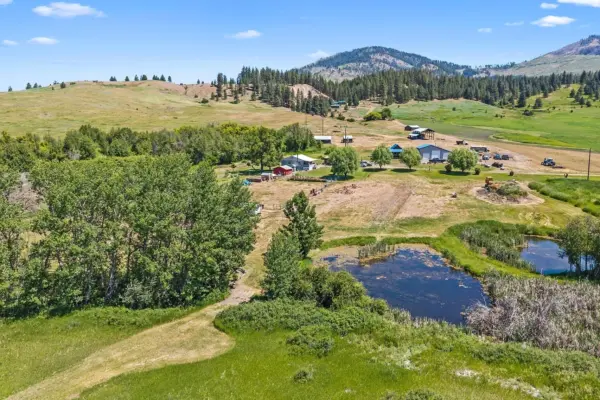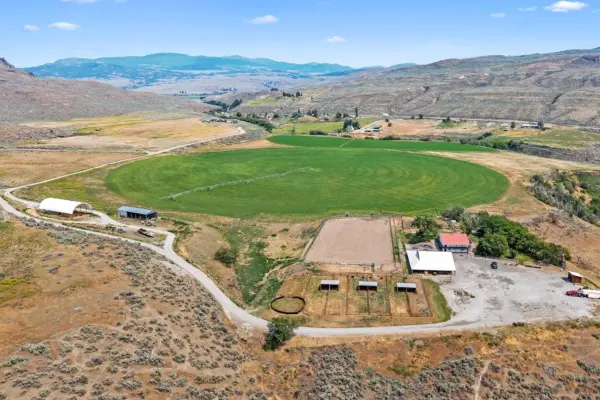How to Plant Food Plots?
One of the most common topics discussed after deciding what to plant for a plot and where to plant it for maximum efficiency, is what the best method of planting will be to provide the best survivability or germination of your seed. Just like planting a garden, the goal is to get the highest success rate in production for every seed you put in the ground.
Whether you have a tractor with implements or an ATV with a couple of drag options to rough up the soil, there are food plot options for you! To be successful, you do not need to have the biggest equipment or the “no-till” drill set up that the neighboring farmer has. Many people I know use an old 4-foot by 4-foot blanket harrow behind a 4-wheeler to rough up the soil to provide as much exposed soil as they can.
Once the soil is exposed, you are able to spread the seed over the desired area. Depending on the size of seed being planted, you may need to harrow over the seed to help bury it under half-inch to a full inch of soil for best protection and germination success. If the seed is small, such as a clover, alfalfa, most grasses, etc. then laying the seed directly on top of the soil will be sufficient.
The final step to a successful planting of a food plot is ensuring the best “seed to soil contact” that you can get. This can be achieved by either planting before a good rainstorm and allowing the rain to “pack” your seed into the soil or using a type of packer to press the seed and compact the soils around it. This final step is a critical one that has been proven over generations of farming to increase the success rate of seed germination.
